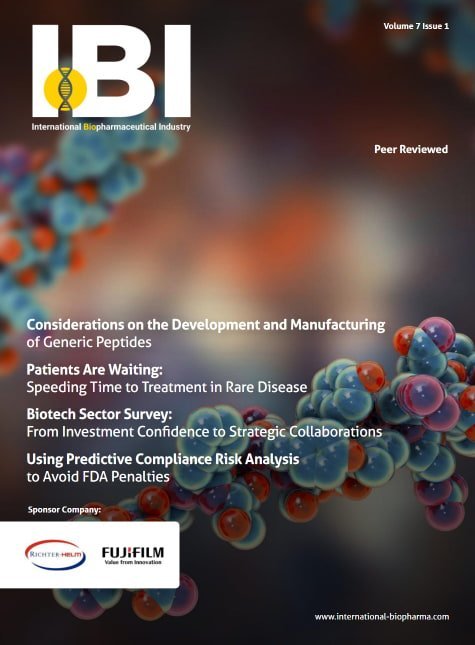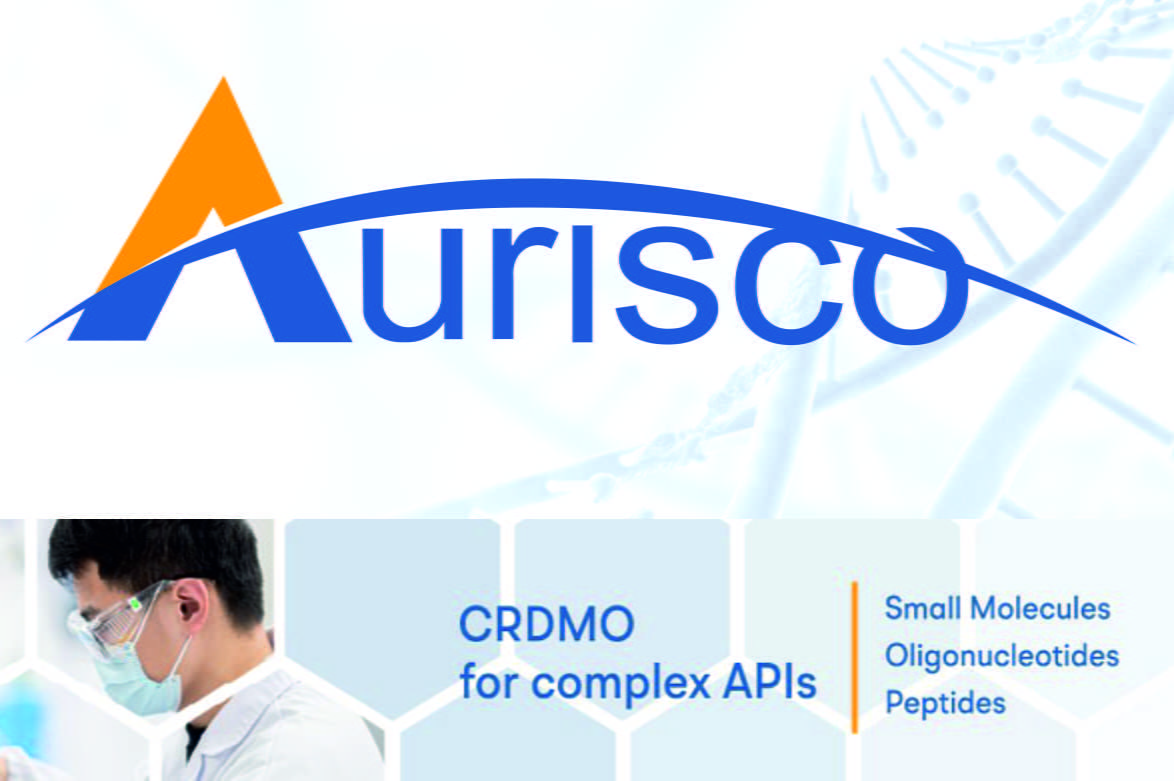
Gallium — an iron-like compound — looks similar to food and can trick bacteria into eating it. Once inside, it destroys the microbes. In a new study, researchers successfully used the compound to treat lung infections in mice and humans.
The Centers for Disease Control and Prevention (CDC) have deemed antibiotic resistance “one of the biggest public health challenges of our time.”
In the United States, more than 2 million people develop a treatment-resistant infection every year, and 23,000 people die as a result.
Therefore, tackling superbugs has been the focus of much recent research. Scientists have applied mathematical analysis to study all of the drug combinations that can kill treatment-resistant bacteria, and some have turned to nature to study the antimicrobial potential of compounds such as an onion extract.
Now, researchers are trying a “stealthy” approach. Scientists led by Pradeep Singh, a professor of microbiology and medicine at the University of Washington School of Medicine in Seattle, have studied a molecule that can destroy bacteria from within.
The molecule is a metal called gallium, and it is similar to iron. Prof. Singh and team developed an approach whereby, rather than trying to destroy bacteria from the outside, they “lured” the microbes into “eating” the molecule, which looks like food.
They tested their approach in both mice and humans and published their findings in the journal Science Translational Medicine.
A wrench in the bacteria’s nutrition system
Prof. Singh and colleagues focused their efforts on the superbug called Pseudomonas aeruginosa, which causes infection in several sites — including the lungs and urinary tract.
Prof. Singh explains why the scientists turned to gallium for its antimicrobial properties. “The body goes to great lengths to keep iron away from bacteria, and infecting organisms crank up special systems to import iron and steal it from the host,” he says.
“Gallium disrupts machinery that bacteria use to make new DNA, and without this, the bacteria can’t multiply,” further explains study co-author Bradley Britigan, a professor of internal medicine at the University of Nebraska Medical Center in Omaha.
“This and other essential processes require iron, and gallium is a monkey wrench that shuts the system down.”
The researchers studied the antibiotic effects of gallium in a mouse model of a lung infection and in a phase I clinical trial of 20 people with cystic fibrosis and chronic respiratory infection with P. aeruginosa.
A single dose of gallium cleared the lung infection completely in the rodents. “In addition, systemic gallium treatment improved lung function in people with [cystic fibrosis] and chronic P. aeruginosalung infection,” report the researchers.
“These findings,” they conclude, “raise the possibility that human infections could be treated by targeting iron metabolism or other nutritional vulnerabilities of bacterial pathogens.”
Trojan horse compound is safe and effective
First study author Prof. Christopher Goss, at the University of Washington, compares gallium with a Trojan horse. “Gallium not only fails to nourish bacteria as iron would,” he says, “it actually harms them.”
“Our preliminary study in a small group of people with [cystic fibrosis] suggests that gallium is safe and improves patients’ lung function […]. These are exciting results, but we need to do more studies to determine if gallium can be developed into a routine, safe treatment.” – Prof. Christopher Goss.
The authors hope that gallium-based treatments will be the first implementation of Louis Pasteur’s idea; in the 1800s, Pasteur suggested that interfering with the bacteria’s nutrition could be an effective way to destroy them.
“[W]e’re encouraged by these results, but we have to be cautious and do more work before we’ll know,” says Prof. Singh.























